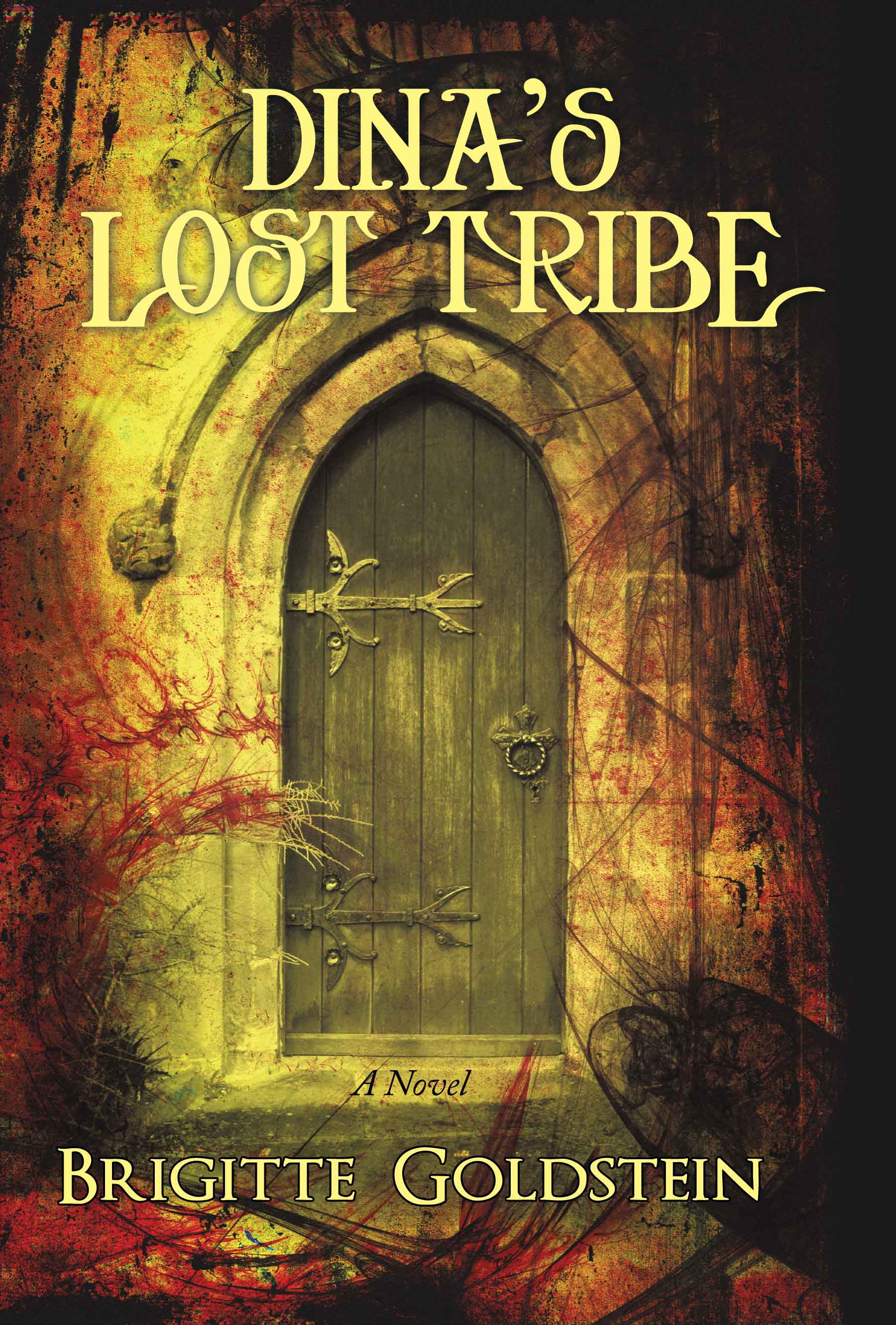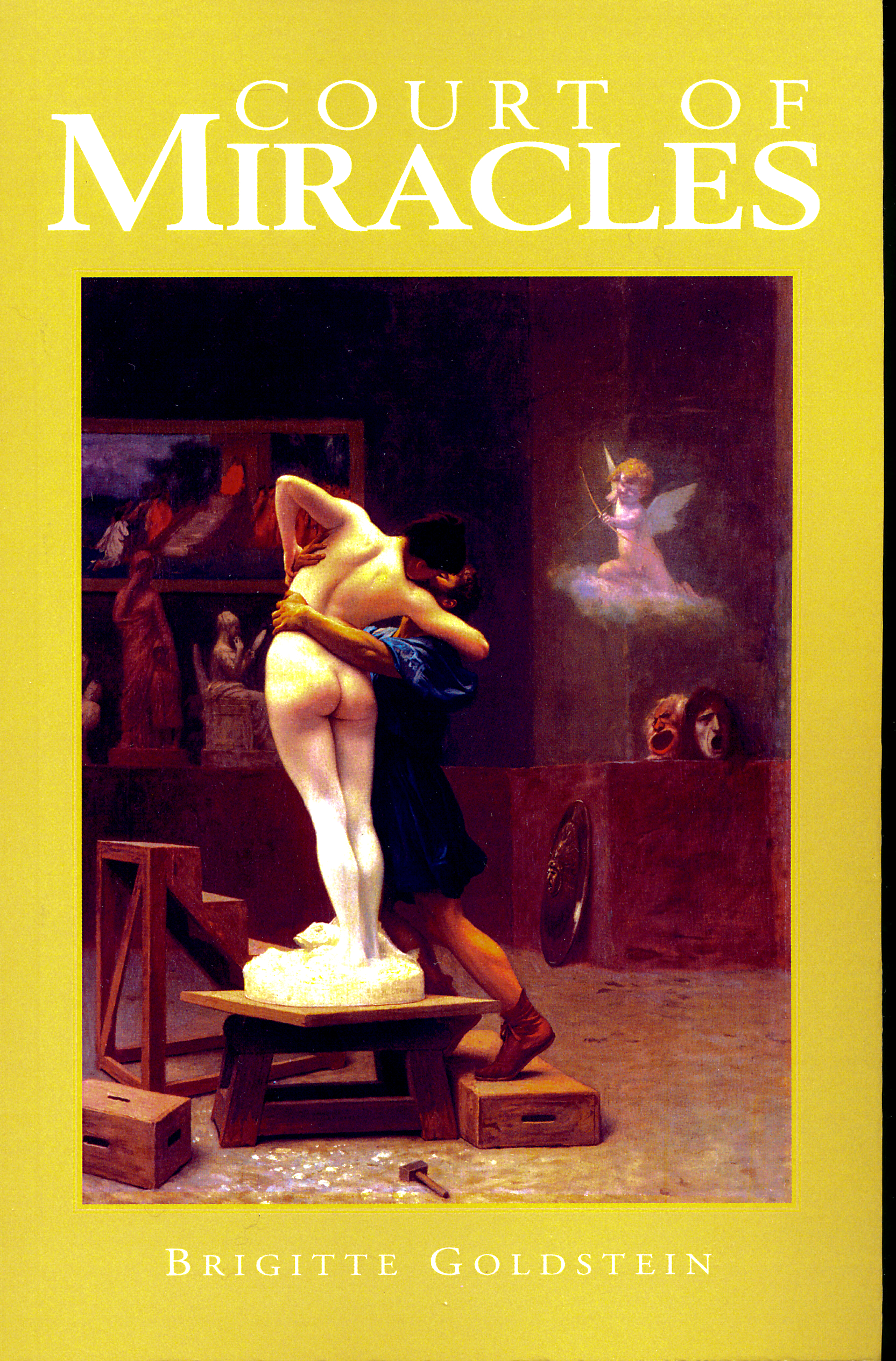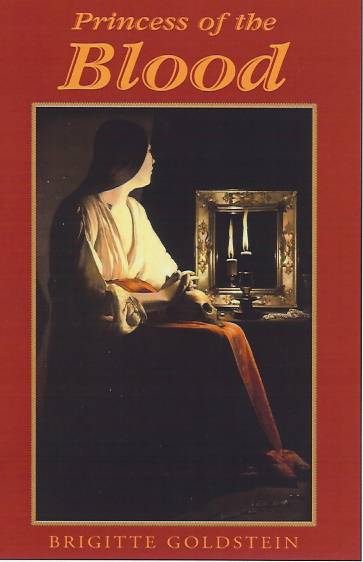Babylon Laid Waste
Reviews
It was a delight to read and experience this unique adventure, with its pathos, its heroics, its unconventional love story, all to the tune of an implied operatic soundtrack. I looked forward to it every time I sat down to read. I was fascinated by the settings—both the overall time and place and the individual settings the characters moved around in—as well as the narrative energy created by the mystery of where it was all going and where our heroine might end up. […]The story had twists and turns, a cast of interesting characters, and good changes of scene, all of which kept it moving forward. Bravo! You should be very proud of this tapestry of plotting and characterization you’ve woven.
— Carrie Cantor
— Carrie Cantor
Synopsis
Alerted by a letter from Berlin that her grandmother may be alive in a Jewish hospice there, Misia Safran, a former refugee living in New York, is determined to follow the lead and return to her native Germany. However, it is 1946 and the defeated Reich, under Allied control, is off-limits to civilian travel in or out. With the help of a people-smuggling ring, Misia manages to breach the fortress and enter with forged German identity papers under an assumed name. As her journey takes her ever deeper into the devastated enemy territory, she encounters an array of colorful, frequently shady characters ranging from victorious Americans, unrepentant Nazis, ordinary civilians, Jewish survivors, and washed-up Wagnerian opera stars; all of whom have an intriguing personal story to tell and private agenda to pursue.
When Misia runs afoul of the US military authorities, she meets her nemesis in the person of Major Emil Zweig. Since she lacks the crucial “Persilschein”—a denazification certificate—he sends her to a prison for female Nazi criminals. At this nadir of her ill-starred attempt to reach Berlin, a savior appears in the person of an enigmatic Jewish survivor who calls himself Frantiçek Kafka. Impelled by the romantic attraction sprouting between them, Misia embarks with him on a whirlwind search for a pair of Nazis. In the course of a rollercoaster ride of many unforeseen emotional ups and downs, she becomes a major player of a drama in which nothing and no one is what appearances suggest or pretend reality to be.
When Misia runs afoul of the US military authorities, she meets her nemesis in the person of Major Emil Zweig. Since she lacks the crucial “Persilschein”—a denazification certificate—he sends her to a prison for female Nazi criminals. At this nadir of her ill-starred attempt to reach Berlin, a savior appears in the person of an enigmatic Jewish survivor who calls himself Frantiçek Kafka. Impelled by the romantic attraction sprouting between them, Misia embarks with him on a whirlwind search for a pair of Nazis. In the course of a rollercoaster ride of many unforeseen emotional ups and downs, she becomes a major player of a drama in which nothing and no one is what appearances suggest or pretend reality to be.


Synopsis
A veteran actress’s brutal murder at a Broadway theater in 1941 sets off a police investigation that reaches back to pre-WWI Vienna and 1920s Berlin in Brigitte Goldstein’s densely plotted noir mystery novel, Death of a Diva.
In 1941 New York, the murder on Broadway of Stella Berger, famed star of screen and stage of Weimar Germany and outspoken critic of the Nazi regime which had forced her into exile, sends shock waves through the American public.
The police act quickly, and the prime suspect, an emigrant street musician, is tried and put on death row. But Misia Safran, a young Jewish refugee from Germany and part-time employee at the theater who becomes inadvertently involved in the investigation, is haunted by the possibility of his innocence and a suspicion that there’s more to the case than meets the eye.
Determined to uncover the truth, Misia delves into Stella’s background. She patches together the life of the revered actress from testimony by those who had been closest to her throughout her rise to stardom.
From accounts of her humble origins in a Viennese ghetto to her rise to the pinnacle in the acting world of 1920’s Berlin, to her battle with Nazi propagandist Josef Goebbels, emerges the portrait of a woman of great strength of character and resolve, albeit one that conceals a vulnerable side which ultimately may have been the cause of her undoing. As Misia cuts through a bewildering thicket of lies, hidden agendas, and deceptions, she is met with intimations of a deep secret in Stella’s past, evidence of which may be stored in the vault of a Swiss bank. If made public, this secret could provide the clue to the mystery, but could also destroy the star’s carefully guarded public persona.
In 1941 New York, the murder on Broadway of Stella Berger, famed star of screen and stage of Weimar Germany and outspoken critic of the Nazi regime which had forced her into exile, sends shock waves through the American public.
The police act quickly, and the prime suspect, an emigrant street musician, is tried and put on death row. But Misia Safran, a young Jewish refugee from Germany and part-time employee at the theater who becomes inadvertently involved in the investigation, is haunted by the possibility of his innocence and a suspicion that there’s more to the case than meets the eye.
Determined to uncover the truth, Misia delves into Stella’s background. She patches together the life of the revered actress from testimony by those who had been closest to her throughout her rise to stardom.
From accounts of her humble origins in a Viennese ghetto to her rise to the pinnacle in the acting world of 1920’s Berlin, to her battle with Nazi propagandist Josef Goebbels, emerges the portrait of a woman of great strength of character and resolve, albeit one that conceals a vulnerable side which ultimately may have been the cause of her undoing. As Misia cuts through a bewildering thicket of lies, hidden agendas, and deceptions, she is met with intimations of a deep secret in Stella’s past, evidence of which may be stored in the vault of a Swiss bank. If made public, this secret could provide the clue to the mystery, but could also destroy the star’s carefully guarded public persona.
Death of a Diva:
From Berlin to Broadway
Reviews
I really enjoyed how this book was put together. I loved how it mixed in the events of New York in 1941 with the lives of the characters back in Europe even prior to World War I. Not only were each of these individual stories interesting, but they also fit together quite nicely into the murder mystery plot. After each “flashback” the reader is given another piece of the global picture puzzle but with just enough details left out to keep you guessing. As with any good crime/mystery novel, there are just enough twists and turns (without too many complications) to snag the reader’s interest and encourage you to make your own guesses. What I particularly liked about this novel, however, is how it mixed the modern day crime story with each of the backstories. This gave the novel a distinct historical fiction feel to it and did extremely well in educating the audience on the trials, tribulations, challenges, and stigmas forced upon the Jewish inhabitants of Europe in this time period. For anyone not aware of what these people went through between the dawn of the 20th century and the beginning of WWII, it is an effective education piece and eye-opener.
Scerakor, OnLine Book Club
Scerakor, OnLine Book Club
Dina's Lost Tribe
Reviews
Brigitte Goldstein takes three threads and weaves a fascinating tapestry. The ancient story of Dina is interwoven with the story of Henner and Nina. The descriptions were vivid. It was easy to see the jail cell, and the village seemed to come alive in my mind. While I enjoyed Nina’s story and Henner’s family history, it was Dina’s story that made me keep turning pages. It was fascinating! Both Nina and Dina are very strong female characters. Goldstein is a talented author, and I will be watching for more of her work.
Anne Boiling, Reader’s Favorites
Anne Boiling, Reader’s Favorites
Synopsis
An American historians search for her mythical birthplace leads her to an isolated mountaintop utopia and the passionate world of a medieval Jewess.
When Professor Henry Henner Marcus receives an urgent plea for help from his cousin and fellow historian Nina Aschauer, he abruptly leaves Chicago and travels to the South of France where Nina has suddenly rematerialized after having disappeared without a trace five years before.
While on sabbatical in Toulouse, France, Nina is compelled to search for the mythical place in the Pyrenean Mountains where she was born during her parents flight from Nazi persecution. All she knows is the name, but no Valladine can be found on any map. Her inquiries lead her to an encounter with Alphonse de Sola, a rough-hewn shepherd who offers to take her to the place. What she finds is love, a medieval outpost arrested in time, and a mysterious codex written in Hebrew letters that arouses her scholarly interest.
As Henner, Nina, and her best friend, Etoile Assous, conspire to decipher the writing, they enter the passionate world of a fourteenth-century Jewess, who calls herself Dina, whose family was forced to flee France following the expulsion of the Jews from the kingdom in 1306, while she herself had fallen victim to the sexual intrigues of a fiendish priest.
When Professor Henry Henner Marcus receives an urgent plea for help from his cousin and fellow historian Nina Aschauer, he abruptly leaves Chicago and travels to the South of France where Nina has suddenly rematerialized after having disappeared without a trace five years before.
While on sabbatical in Toulouse, France, Nina is compelled to search for the mythical place in the Pyrenean Mountains where she was born during her parents flight from Nazi persecution. All she knows is the name, but no Valladine can be found on any map. Her inquiries lead her to an encounter with Alphonse de Sola, a rough-hewn shepherd who offers to take her to the place. What she finds is love, a medieval outpost arrested in time, and a mysterious codex written in Hebrew letters that arouses her scholarly interest.
As Henner, Nina, and her best friend, Etoile Assous, conspire to decipher the writing, they enter the passionate world of a fourteenth-century Jewess, who calls herself Dina, whose family was forced to flee France following the expulsion of the Jews from the kingdom in 1306, while she herself had fallen victim to the sexual intrigues of a fiendish priest.


Synopsis
The year is 1661. The boy King Louis XIV has reached his majority and has taken the reins of his Kingdom into his own hands. The French nobility, only recently in rebellion against the Crown, scampers to pay homage to the ruler and vies for the honor of being received at the Royal Court. Among those eager to gain favor with the King are the Marquis and Marquise de Valinquette. The Marquiss father had been among the chief plotters against the Crown and the gray eminences behind the throne. But all that is in the past now. The Htel de Valinquette in the fashionable Marais district of Paris is the most sought-after salon and its hostess, the Marquise, the most brilliant new star on the social firmament. Everybody who is anybody is eager to mingle at Madames Thursday soires. Poets and musicians write paeans to her beauty and charm; young noblemen languish at her feet and swear undying love. Its all part of the game being played in this world of profligacy and make-believe. Yet, underneath the mask of frivolity, social connections are made and ambitions are advanced. It is only a matter of time, her husband assures her, before His Majesty will take note and will receive them at the Royal Court, restoring the honor of the Valinquette name to its right full place.
Synopsis
The year 1588 finds the Kingdom of France in the grip of its seventh civil war. Three decades of bloody religious strife between Roman Catholics and Protestant Huguenots have cut a seemingly insurmountable rift. Philippe de Treffort is a young nobleman and captain in the army of the Catholic League, sworn to defend the Apostolic Faith against the heretic Reformed Religion. When spring maneuvers take him and his troops to a remote village in the southern Ile de France, he becomes enthralled with Sandrine, the local innkeepers daughter. From the moment they meet, he senses a mystery behind this beautiful, headstrong child so different from the peasants among whom she lives. In a moment alone, she confesses that she too feels a strange bond with him and that their encounter has revived in her a long-held dream of a liberator who would take her away from her miserable village existence. Blowing all conventions to the wind, he makes a solemn promise which he is, however, unable to fulfill as the waves of war engulf their lives and he is called back to fulfill his oath of allegiance to the Catholic cause.

